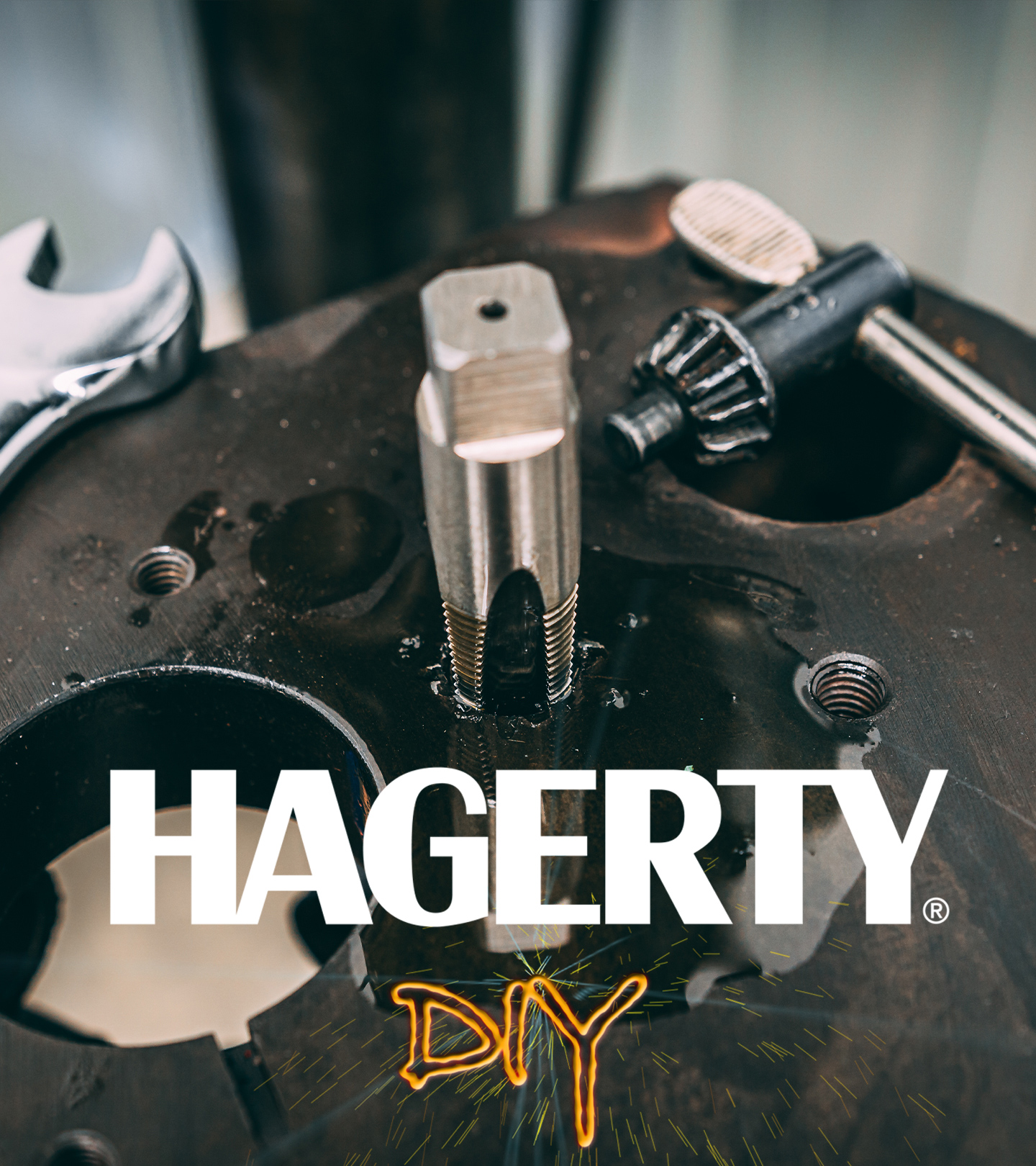Redline Rebuild cracks open an 11,000-hp Top Fuel dragster engine - Hagerty Media
When Hagerty resident wrench Davin Reckow called Don Schumacher Racing with the idea of doing a Redline Rebuild for one of its Top Fuel engines, we weren’t sure what the answer would be. So when Schumacher invited us to work our magic on one of its beasts at company headquarters in Brownsburg, Indiana, Davin wasn’t about to hesitate while the offer was on the table. He packed up his tools and did his best Tony Schumacher impression by stomping the pedal down and blasting straight to Brownsburg.
These Top Fuel engines make 11,000 horses and power the fastest-accelerating drag cars in the world. Of course, those output figures are extrapolated based on time, speed, distance, and weight, because there isn’t a dynamometer in the world capable of verifying those numbers. The engine runs on 90 percent nitromethane, which packs about seven times the potential energy of regular fuel. “Every team is trying to dump the maximum fuel it can into its motor,” says Davin, “but there’s a very fine line between burning and hydrolocking. These engines are right there flirting with the limits.”
As daunting as those engines are given the amount of raw power, at the end of the day they’re generally simple. Cracking open the 500-cubic-inch V-8 was more of a lesson in heavy-duty parts. The 426 Hemi-based engine block is aluminum, as are the supercharger, massive cylinder heads, and rods. Once inside, the billet steel crank and camshaft are no less imposing. A key attribute for a Top Fuel engine, as Davin points, was the use of oversized studs as opposed to longer bolts. Why? Because when you tear down a hot engine, studs mitigate thread damage after multiple disassemblies compared to bolts. He also noted that torque specs for the engine internals are much higher than in a stock engine—cylinder heads are ran down to 140 lb-ft of torque compared 85 lb-ft on a regular Hemi.
Both during the teardown and reassembly, Davin was impressed with the specialty tools and rigorous strategy that Don Schumacher employs to made each task just a bit easier and faster. “The team is always looking for efficiency. The tools aren’t expensive, but they are purpose-built by the team for one job only. With only 35 minutes or so between elimination rounds, any time they can get back by doing a task more efficiently is great.”
This particular engine lived long enough to earn itself a rebuild, while other less fortunate engines suffer catastrophic failures that force early retirement. The life of an engine of this sort is typically 11–12 runs in a dragster it is completely replaced, but after each of those passes it will be torn down and rebuilt. While many of the parts look brand new as they go back together, our rebuild showcases a balance of refurbished parts and new.
Once the engine was all buttoned up, Davin’s handiwork found a home in Tony Schumacher’s Top Fuel dragster chassis and headed for racing in Richmond. There it earned the #1 qualifier spot (to say he was a proud papa would be an understatement) before being knocked out in the second round. The next event was at Bristol where it was #2 qualifier and ultimately went on to win the Wally for the weekend.
Of course, between each run the engine received a thorough refresh that included pistons, cylinder heads, a new supercharger belt, and a full tank of specially brewed oil. (You can’t buy it, we asked.)
Be sure to check out the full, mesmerizing Redline Rebuild and our detailed explanation video for more information.










